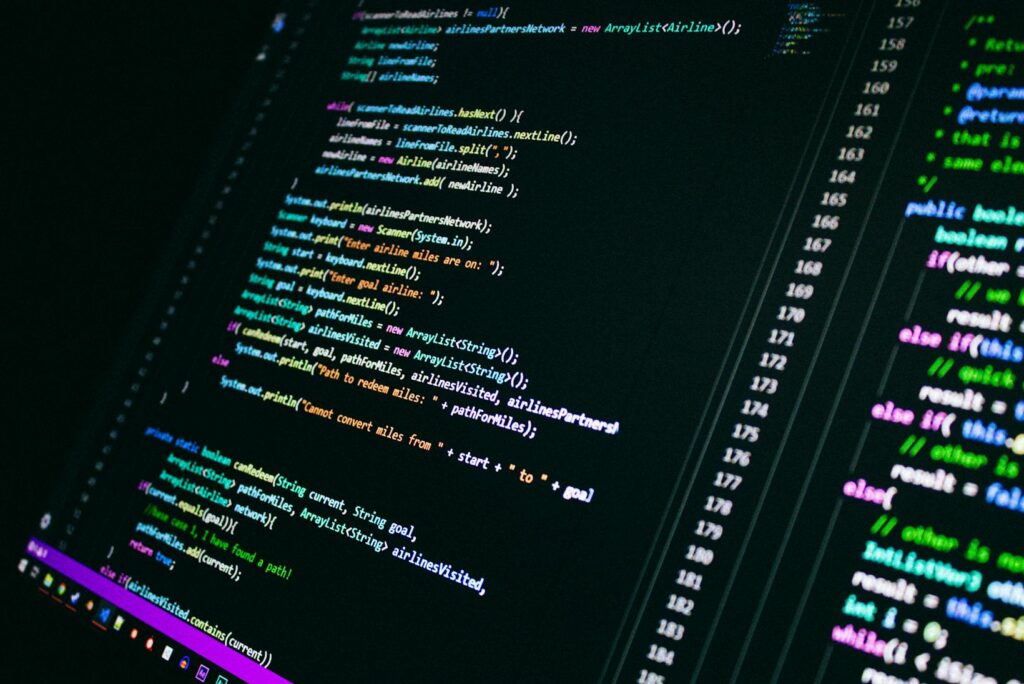In the digital age, it’s become increasingly common for children to learn programming. While this skill can undoubtedly open doors to a world of opportunities, it’s crucial to also consider the potential downsides. This article will delve into the three negative effects programming can have on children.
From the strain on young eyes to the impact on social skills, programming isn’t without its pitfalls. It’s essential for parents and educators to understand these risks to ensure a balanced approach to children’s development in a tech-driven world. Stay tuned as we explore this topic in depth.
Which Three Negative Effects Did Reagan’s Deregulation of Programming Have on Children?
In the digital age, children’s engagement with programming is on the rise. Knowing the potential downsides enhances a balanced approach to their technological growth.
Defining “Programming Exposure”

Programming exposure refers specifically to the time and extent to which a child interacts with computer programming. This interaction involves understanding computer languages and developing algorithms to solve problems or create applications. A programming environment, whether through courses, coding apps, or self-learning, provides the setting for this exposure. Care should be taken, as with any activity, to monitor and control the level of exposure, particularly in young children whose cognitive abilities are still developing.
The First Negative Effect: Reduced Physical Activity
Reduced physical activity stands as the first negative impact of children’s frequent engagement with programming. This solitary and sedentary activity may compromise their physical health and long-term wellness.
Impact on Physical Health

While programming exercises the mind, it does little to stimulate children’s physical activity. There’s an inverse relationship between the increasing hours spent on programming and the time allocated for physical exercise. Children engage in prolonged seated positions, potentially leading to a spike in childhood obesity rates. For instance, according to the Center for Disease Control and Prevention, an alarming increase in childhood obesity has risen from 13.9% in 2000 to 18.5% in 2016. The report links this surge to children spending more time sedentary activities, like coding and less time on physical play or sports.
The Second Negative Effect: Social Skills Development
Commencing on the second negative effect, programming’s impact on children’s social skill development warrants attention. This section delves into the nuances of how interpersonal relationships suffer and the overarching dilemma of virtual versus real-world interactions.
Effects on Interpersonal Relationships

Excessive programming engagement likely stunts children’s development of interpersonal skills. They may shun face-to-face interaction, preferring the comfort of code. As convenience often trumps calibre, diluted social interactions may become a norm. For instance, programming generally involves solo activity, where children engross themselves in their digital worlds. This reduces contact with their peers and the chance to practice communication skills like active listening, negotiation, and emotional empathy.
The Third Negative Effect: Cognitive and Emotional Impact
Plunging into the cognitive and emotional impacts of programming on children demystifies its third negative effect. This section dissects the relationship between programming and attention span, recounts the impact on multitasking abilities, and explores the occurrence of stress and anxiety among young learners.
Attention Span and Multitasking

On the cognitive front, prolonged exposure to programming can detrimentally influence a child’s attention span and multitasking skills. Harvard Medical School reveals that tasks involving intense concentration, like programming, can shorten attention spans significantly. For example, if a child engages in hours of coding, he might have difficulty focusing on anything else, stifling his ability to multitask. It’s worth noting, multitasking isn’t always beneficial, but having limited or no ability to do so can hinder performance in activities requiring simultaneous attention.
A More Balanced Lifestyle
The effects of programming on children aren’t all positive. It’s clear that overexposure can lead to physical issues like eye strain and obesity. It can also cause a decline in social skills and create a disconnect between children and the real world. Furthermore, it’s been shown that programming can negatively impact cognitive development, affecting attention span and multitasking abilities. It can also contribute to stress and anxiety. Therefore, it’s vital to monitor and balance children’s programming exposure. By creating a supportive learning environment, we can help children navigate these challenges and promote healthier cognitive and emotional growth.



